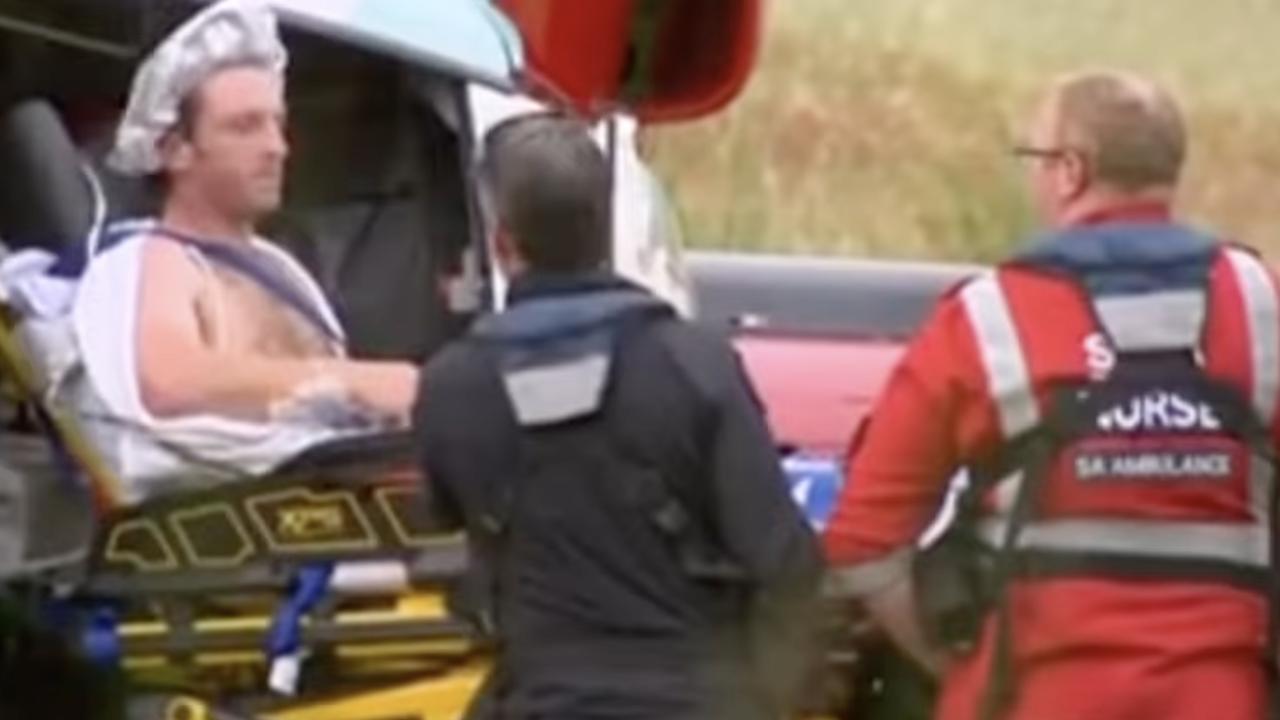Chilling first video of doomed sub released
The first video of the Titan submersible on the ocean floor has been released, as shocking new details about the pilot emerges.
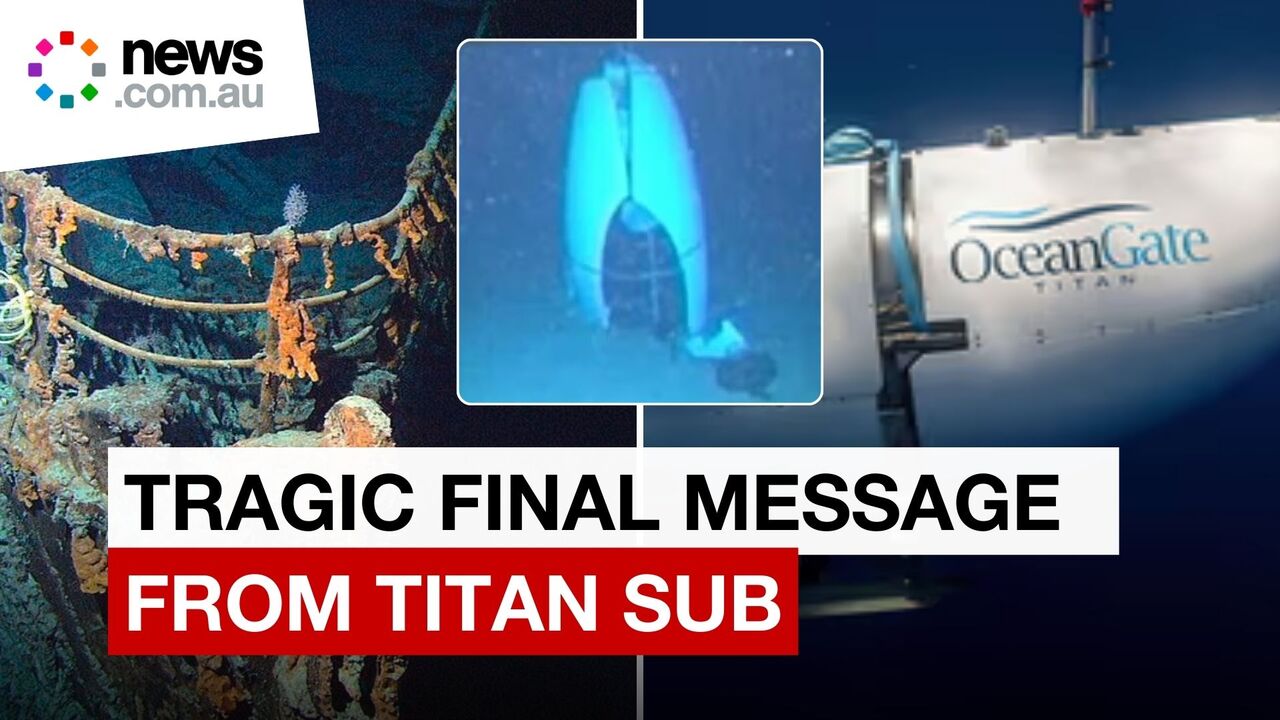
The first video showing part of the Titan submersible on the ocean floor has been released, as shocking new details about the pilot emerges.
The US Coast Guard has begun a two-week hearing over OceanGate’s doomed Titan submersible that killed five people including its CEO and pilot Stockton Rush, on a journey to the Titanic last year.
On Wednesday, day three of the hearing, it released footage of the Titan submersible’s tail cone after the fatal implosion.
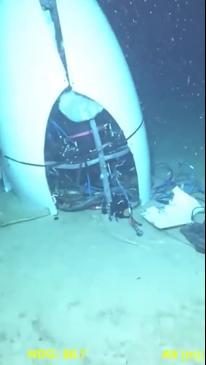
The 15-second clip shows a close-up of wiring hanging out of the tail cone that formed part of the 6.7 metre vessel made from carbon fibre and titanium.
On board were British explorer Hamish Harding, British-Pakistani businessman Shahzada Dawood and his son Suleman, French deep-sea explorer Paul-Henri Nargeolet and OceanGate’s chief executive Stockton Rush, who was piloting the vessel.
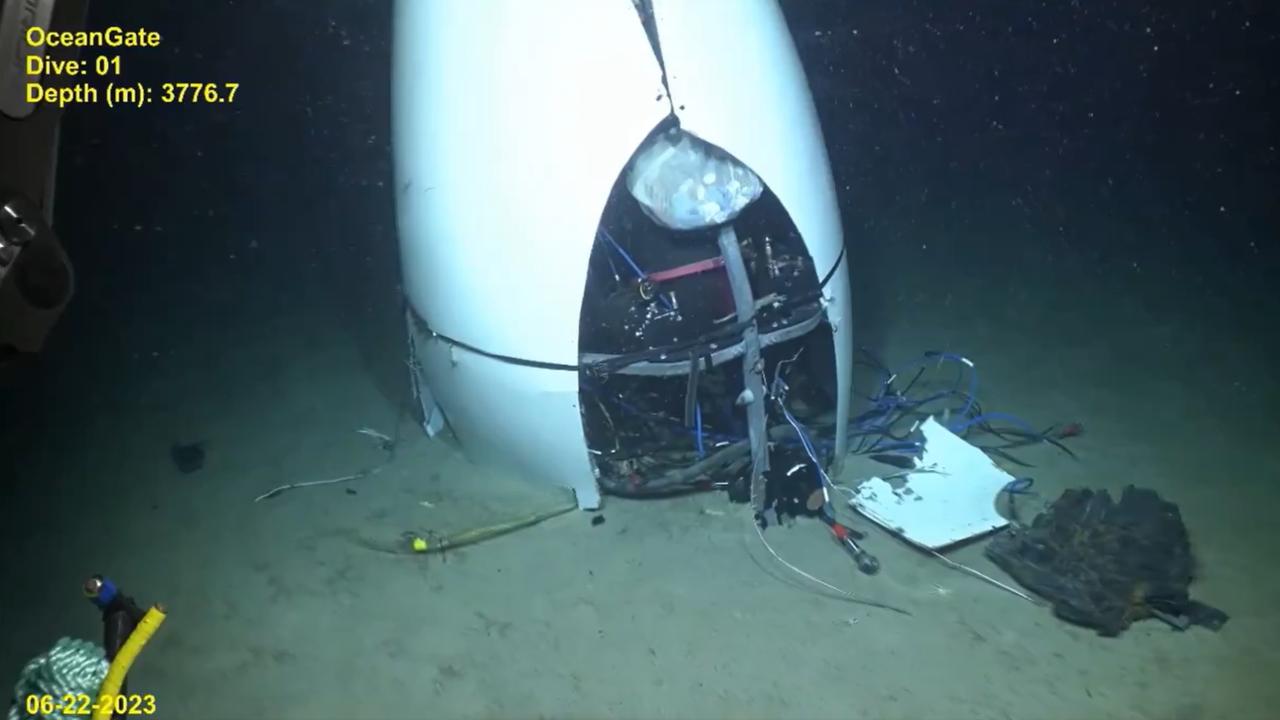
‘He wouldn’t listen’
It comes as an OceanGate whistleblower told the panel on Tuesday that Rush had previously crashed another submersible into a shipwreck.
David Lochridge, who was in charge of marine operations at the underwater exploration company until being fired in 2018, said that despite his strenuous objections, Rush insisted on piloting a Cyclops submersible to the Andrea Doria wreck off Massachusetts in 2016, with three paying clients on board.
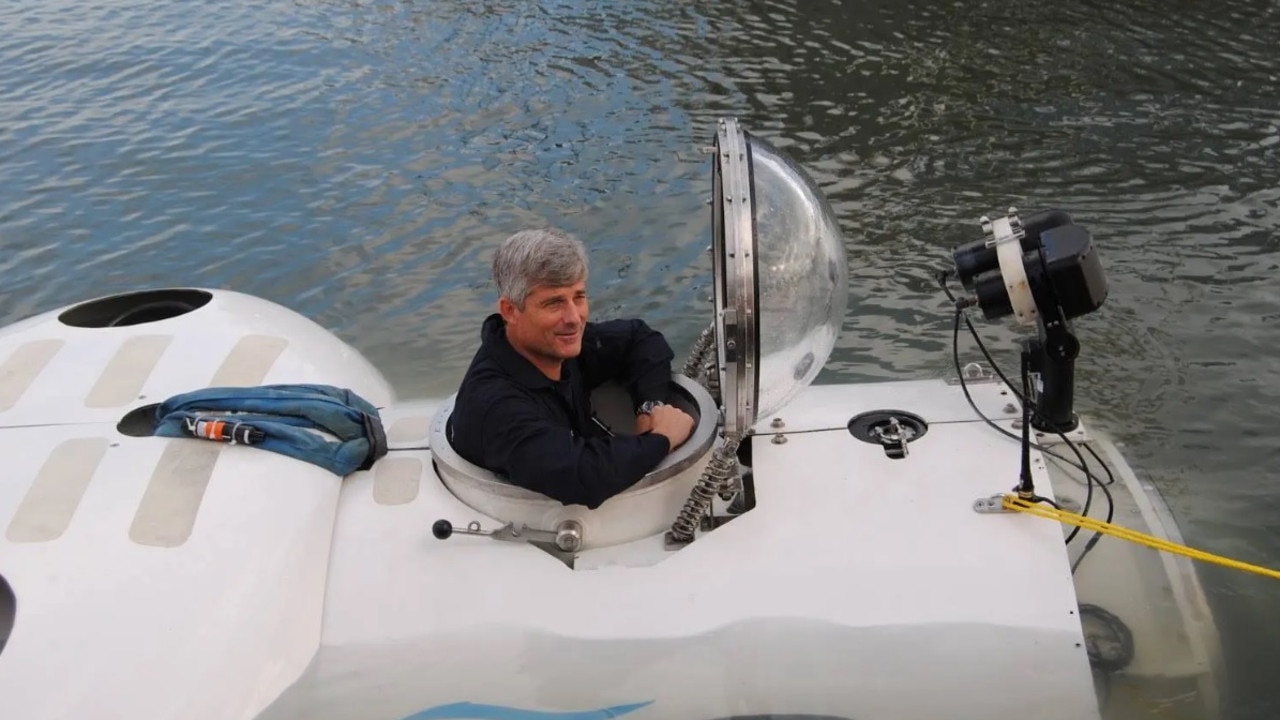
“He wouldn’t listen,” Lochridge recalled of Rush’s refusal to heed warnings about difficult weather and tide conditions as he deployed the sub.
Lochridge said that Rush ignored pleas for him to keep his distance from the Andrea Doria and “smashed straight down” when he landed the Cyclops.
He claimed Rush “basically drove it full speed” and jammed the sub into the port side of the bow of the decaying shipwreck about 250 feet under the Atlantic Ocean.
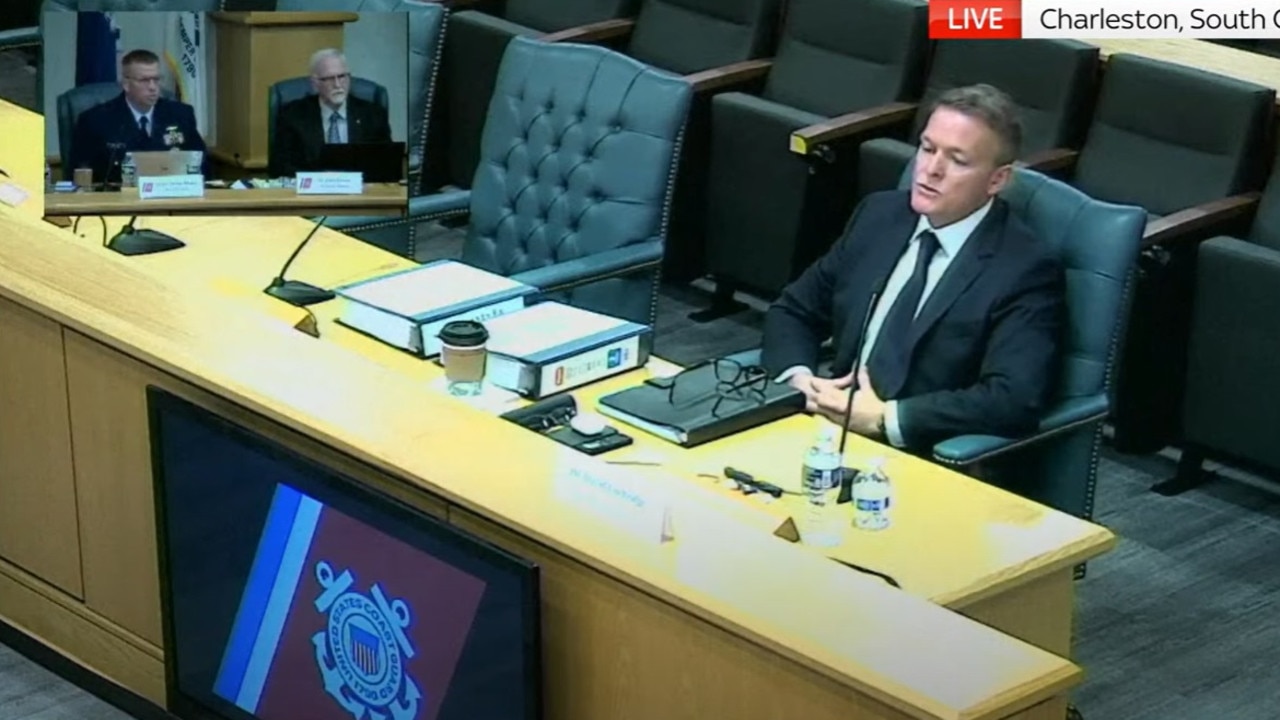
Rush then allegedly flew into a panic in front of the three additional passengers and asked if there was enough life support on board and how quickly a dive team could arrive, Lochridge told the panel.
“It was unprofessional behaviour by him,” he said.
Lochridge, an experienced submersible pilot from Scotland, said he tried to calm his boss down and begged several times for him to hand over the PlayStation controller that operated the sub, but Rush allegedly refused.
It wasn’t until a paying customer shouted at Rush to hand over the controller, as tears filled her eyes, that he agreed.
Rush allegedly obliged by throwing the controller at Lochridge, hitting him in what Lochridge described as the “starboard side” of his head.
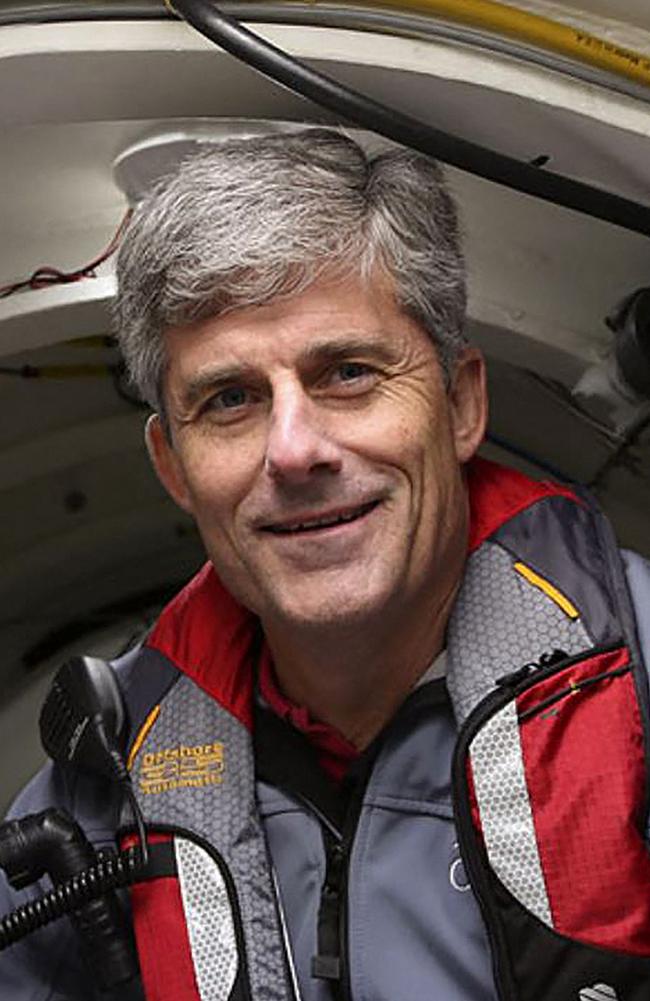
The former director of marine operations was able to safely raise the sub to the surface within “10 to 15 minutes”, adding that “it shouldn’t have got to the stage it got to”.
“If he in any way had behaved as any other sub pilot that I know, [it wouldn’t have happened],” Lochridge told the Coast Guard panel of the near-miss.
He explained that the Andrea Doria incident was a turning point in his relationship with Rush, claiming from that point on he was phased out of the Titan submersible project.
He claimed his misgivings about the vessel’s safety were repeatedly ignored until he was ultimately fired in January 2018.
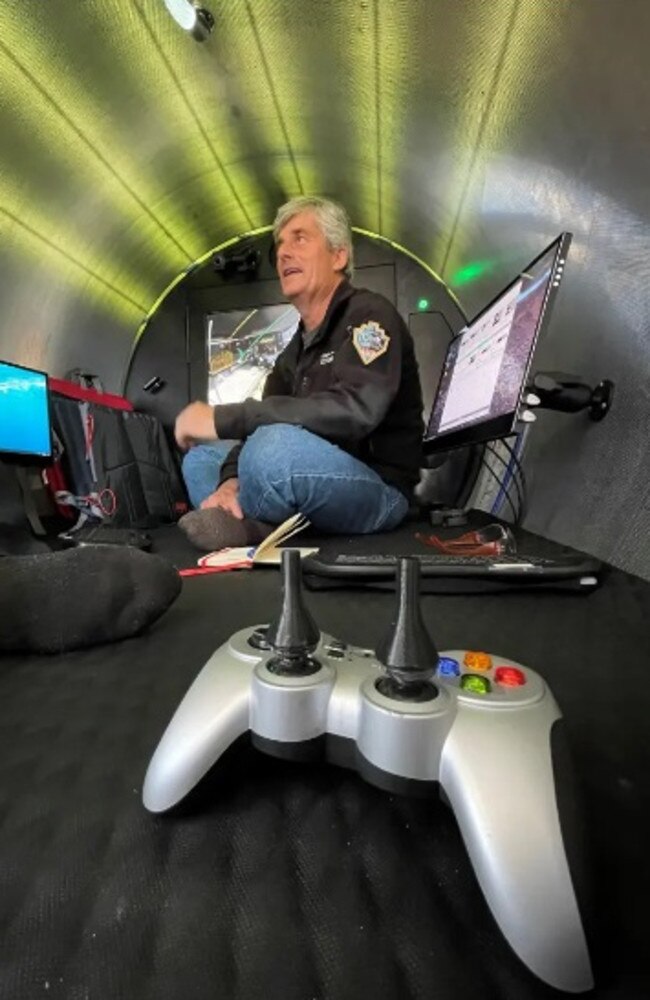
The board plans to call two dozen witnesses as it tries to assess what went wrong on the Titan submersible when it imploded in June 2023.
Investigators will look at whether there was any evidence that a failure of material was involved or contributed to the casualties to inform future recommendations.
It will also probe whether misconduct, inattention to duty, negligence or “wilful violation of the law” on the part of any licensed or certified person may have contributed to the tragedy.
Whether any Coast Guard personnel or government employees caused or contributed to the deadly event will also be investigated by the inquiry.
‘Appalling faults’
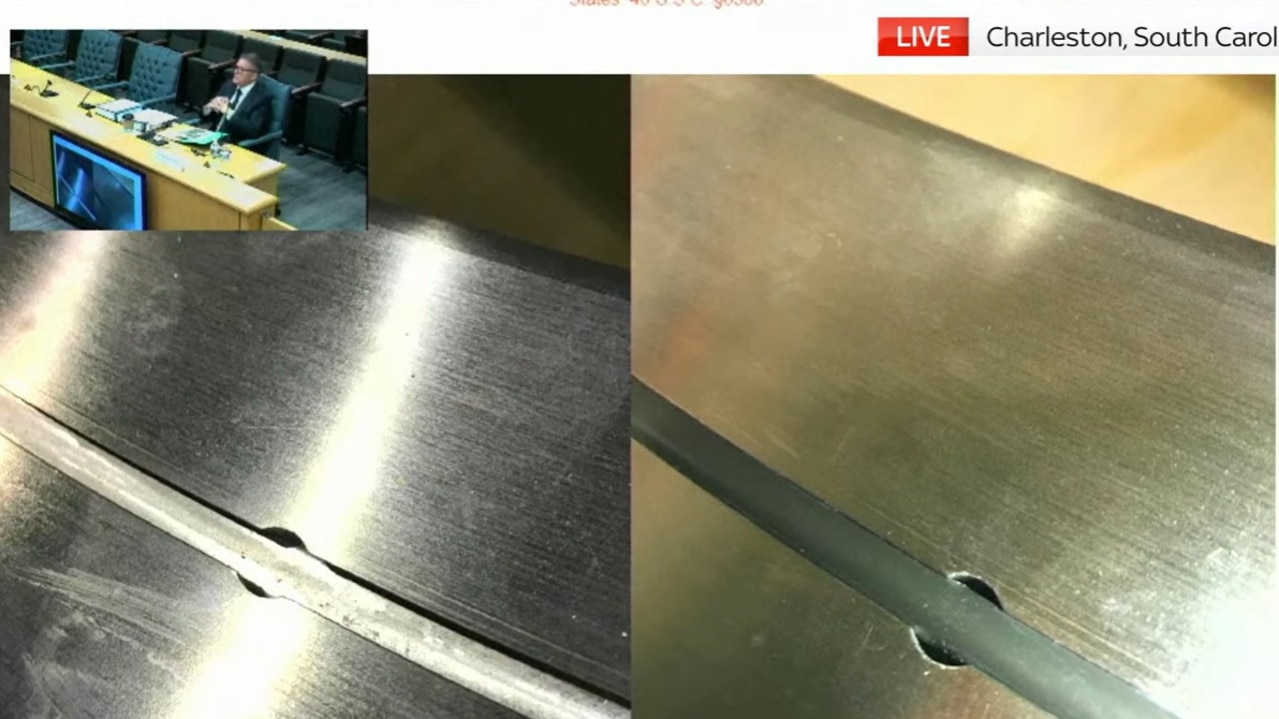
During day two of the hearing, Lochridge also detailed the “appalling” faults with the original model of the doomed Titan sub that he refused to sign off on, adding how Rush liked to cut corners and “do things on the cheap”.
“There was no way I was signing off on this,” he told the hearing.
He was particularly concerned that the hull of the Titan – where passengers would sit – was made from carbon fibre and was only about five inches thick – and not usual metals like titanium, Lochridge explained.
“The whole idea of the company was to make money. There was very little in the way of science,” Lochridge claimed.
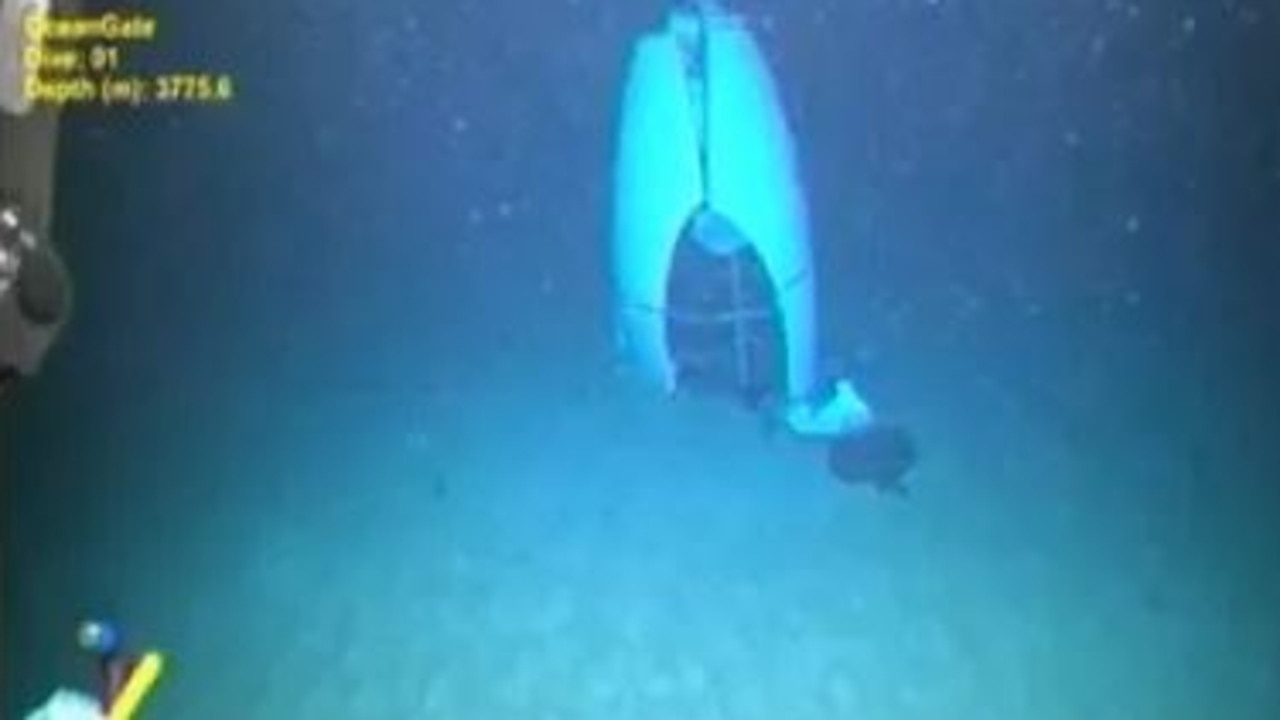
Tony Nissen, a former engineering director at OceanGate, testified on Monday that he had been concerned by safety issues during his tenure.
Nissen told the hearing he had refused to sign off on a 2019 dive to the wreckage of the Titanic also due to concerns over the Titan’s hull. He was fired later that year.
He said Rush had been unfazed after learning of a potential 2018 lightning strike on the submersible and possible hull problems.
Refusing to believe news of the damage, Rush insisted “it’ll be OK,” Nissen said, according to testimony from the hearing published in The New York Times.
During his testimony, Lochridge walked the panel through photos of the Titan’s hull that showed the layers of carbon fibre coming apart — and even one troubling photo that showed how a flashlight shine could be seen through the thin material.
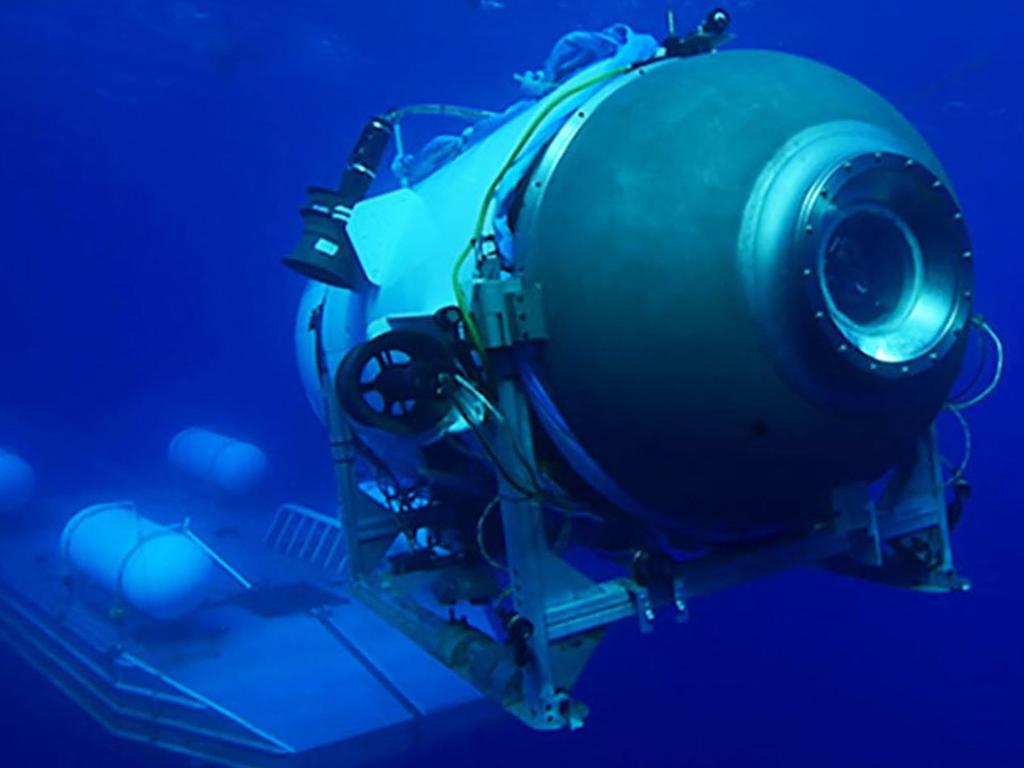
The carbon fibre hull would also weaken and continue to thin out with each successive deep dive, the New York Post reported.
Lochridge also explained photos of what he called “Stockton’s idea” of a carbon scrubber, a device that maintains the atmospheric pressure in the sub.
Rush’s version of the essential equipment was made of a clear, plastic box from Home Depot with a fan affixed on top, the photos showed.
Everything from the original Titan was reused on the model that imploded last year, Lochridge added.
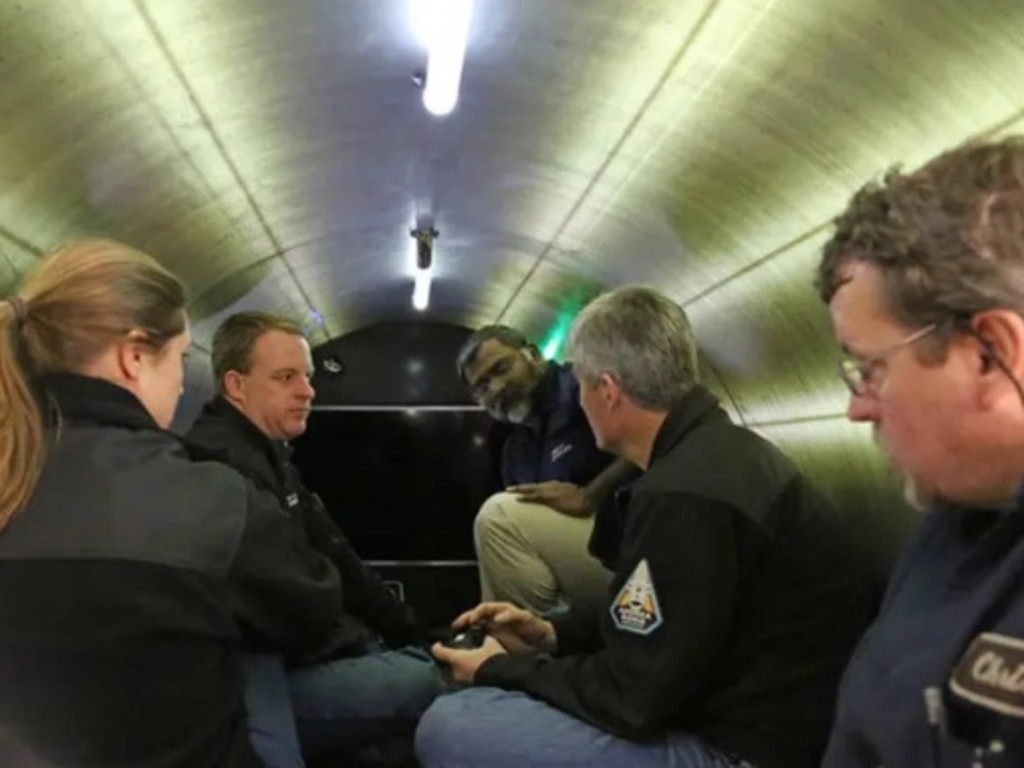
“They reused these domes, they reused these sealing faces, they reused the acrylic, they reused the interior. Everything was reused,” he said.
“It’s all cost. I wasn’t there for that, but I know first-hand that everything was reused. I am sure that will all come up as part of the investigation.”
Lochridge said he wanted to go to the Titanic, adding it “was on my bucket list”, [but] I wanted to dive it but dive it safely.”
OceanGate initially worked with the Applied Physics Laboratory (APL) at the University of Washington to develop its subs — but Rush opted to move engineering in-house due to his “arrogance,” Lochridge claimed.

Lochridge also explained that at one point, Rush wanted to let people with little experience, “somebody that had never sat in a submersible,” pilot the company’s submersibles deep underwater with just a day of training.
“They wanted people to basically come in, get checked out as pilots and be able to take passengers down in the sub,” Lochridge said, according to the New York Times. “That is a huge red flag.”
First picture of doomed sub
The first picture of the submersible on the ocean floor was released during the hearing on Monday.
The image shows the aft tail cone of the vessel sticking out of the mud at 3775m deep alongside other debris.
It was taken by a remotely operated vehicle during a search of the ocean floor after the horror dive last year.
In June 2023, Rush and four passengers were killed when the Titan imploded near the wreck of the Titanic in the North Atlantic Ocean.
Rush was at the controls of the submersible at the time of the incident.
A cameraman who previously worked with Rush told The Post last year that Rush “didn’t want anyone telling him what he couldn’t do” — and this hubristic attitude ultimately drove OceanGate’s fiascos, Lochridge claimed.
In the years after he was dismissed from OceanGate, Lochridge said he would see the company promote missions to the Titanic and wonder if they would end in catastrophe.
“It was inevitable something was going to happen. And it was just when.”
– with the New York Post





